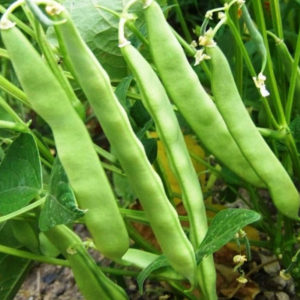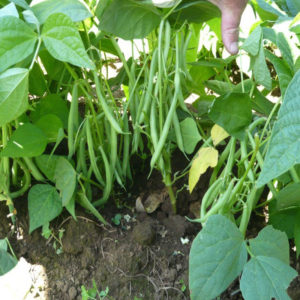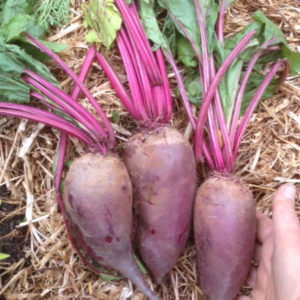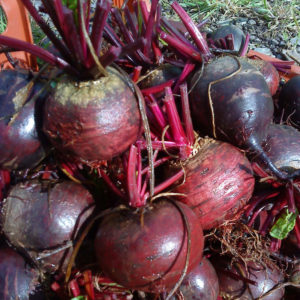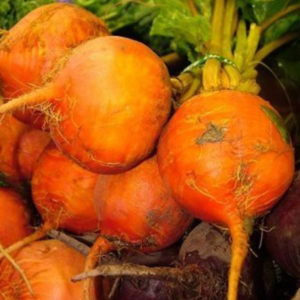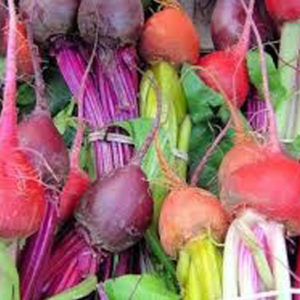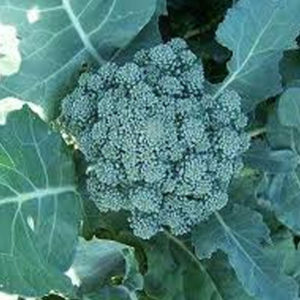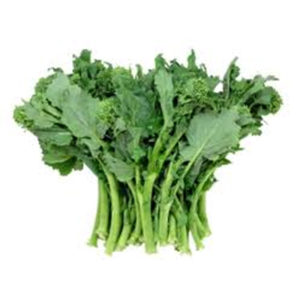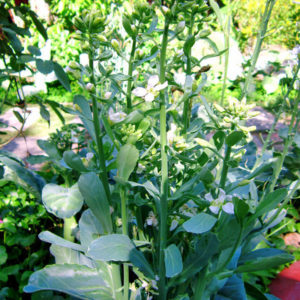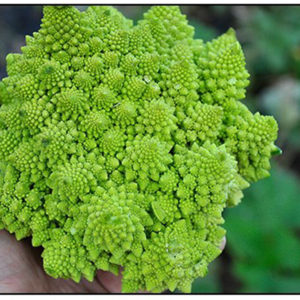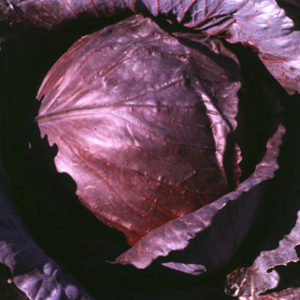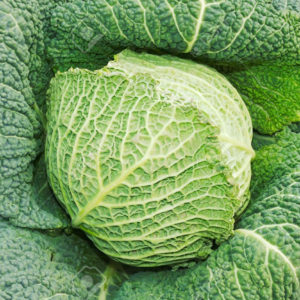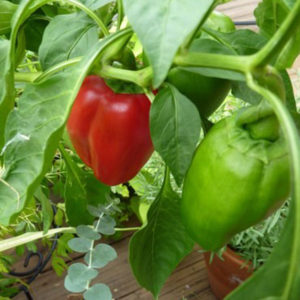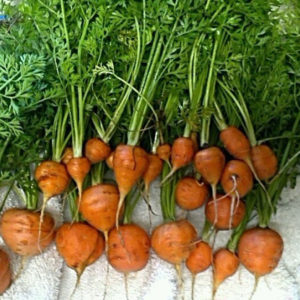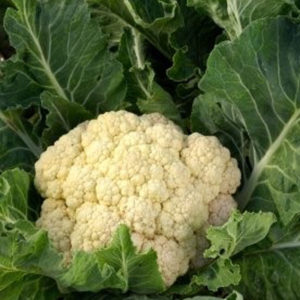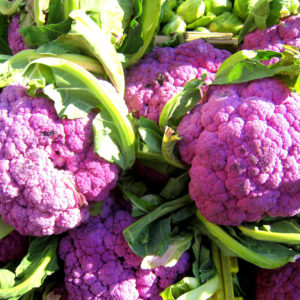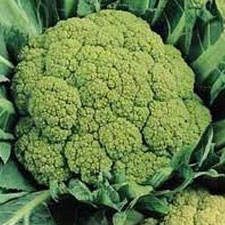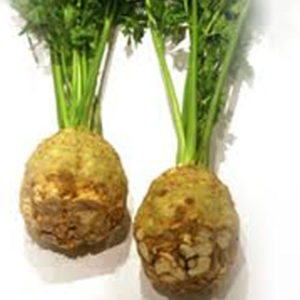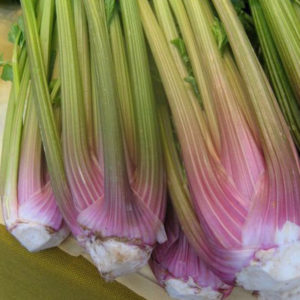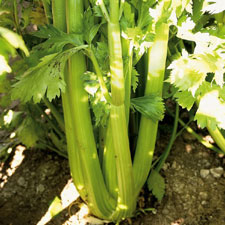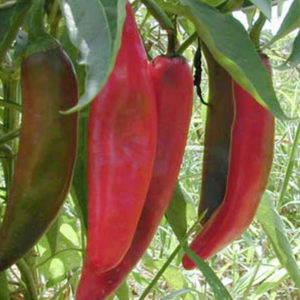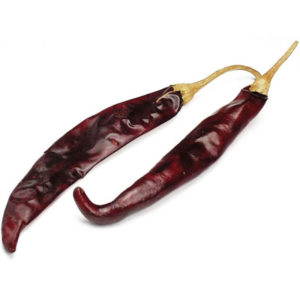-
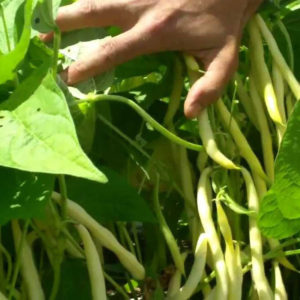 Phaseolus vulgaris Vibrant yellow podded dwarf bush bean about 15cm long these wonderful butter beans origins seem to come from South Carolina around the 1950’s. The strain is disease resistant, a vigorous grower with a good strong harvest. Best picked early while quite slender and they’ll be plenty to come. These are fun to seed save from as the bean is deep black.
Phaseolus vulgaris Vibrant yellow podded dwarf bush bean about 15cm long these wonderful butter beans origins seem to come from South Carolina around the 1950’s. The strain is disease resistant, a vigorous grower with a good strong harvest. Best picked early while quite slender and they’ll be plenty to come. These are fun to seed save from as the bean is deep black. -
Out of stock
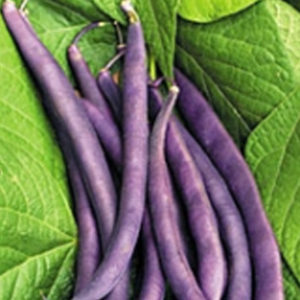 Phaseolus vulgaris Deep purple pods are oval shape and grow to 15cm on dwarf plants. The purple pods against the luscious green growth make for a beautiful as well as prolific bean plant. Can be eaten raw and when cooked will turn green.
Phaseolus vulgaris Deep purple pods are oval shape and grow to 15cm on dwarf plants. The purple pods against the luscious green growth make for a beautiful as well as prolific bean plant. Can be eaten raw and when cooked will turn green. -
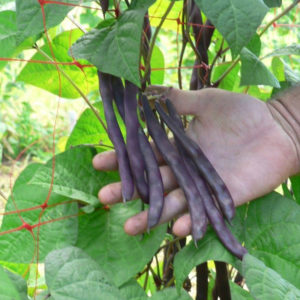 Phaseolus vulgaris Produces pink flowers, then deep purple tender oval stringless pods up to 18cm long. Very abundant over a long period. Needs staking or a strong trellis growing an impressive 2 metres or more. Always reliable and worth picking when pods are young. Can be eaten raw and when cooked they will turn green.
Phaseolus vulgaris Produces pink flowers, then deep purple tender oval stringless pods up to 18cm long. Very abundant over a long period. Needs staking or a strong trellis growing an impressive 2 metres or more. Always reliable and worth picking when pods are young. Can be eaten raw and when cooked they will turn green. -
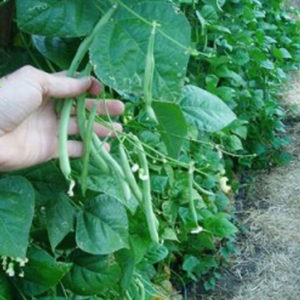 Phaseolus vulgaris Reliable round stringless tender dark green bean up to 15cm long. Tall climber 2 metres and more producing lots of white flowers then the lovely slender beans. Considered the best tasting bean Blue Lake is certainly one of the best producers over a long period of time. Copes well with heat and can be grown right through Spring to the early days of Autumn. Needs staking or a strong trellis.
Phaseolus vulgaris Reliable round stringless tender dark green bean up to 15cm long. Tall climber 2 metres and more producing lots of white flowers then the lovely slender beans. Considered the best tasting bean Blue Lake is certainly one of the best producers over a long period of time. Copes well with heat and can be grown right through Spring to the early days of Autumn. Needs staking or a strong trellis. -
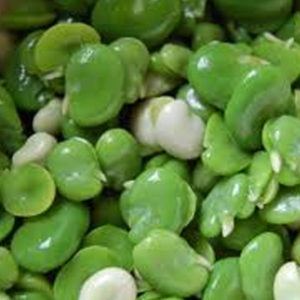 Vicia faba Gift from an Italian gentleman of these wonderful broad beans. Classic black white flowers on tall plant with huge amounts of pods. Seems to set very well. As usual stake and rope around plants early for wind protection later. Plant direct 15cm apart Autumn-Spring for Summer harvest. Consider a little lime and good compost in soil and mulch well. The secret of broad beans is don't overwater before germination or they'll drown. Once germinated not a problem.
Vicia faba Gift from an Italian gentleman of these wonderful broad beans. Classic black white flowers on tall plant with huge amounts of pods. Seems to set very well. As usual stake and rope around plants early for wind protection later. Plant direct 15cm apart Autumn-Spring for Summer harvest. Consider a little lime and good compost in soil and mulch well. The secret of broad beans is don't overwater before germination or they'll drown. Once germinated not a problem. -
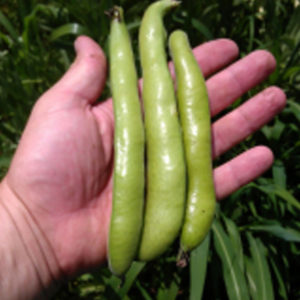 Vicia faba Long plants up to 120cm Aquadulce are the most common and most reliable to grow for those who are wanting a good tasty feed of broad beans. Pods are around 15cm with around 5 seeds per pod. Flowers are white with purple touches. Broad beans can be planted Autumn and Winter for a Spring crop although the flowers can be affected by frosts.
Vicia faba Long plants up to 120cm Aquadulce are the most common and most reliable to grow for those who are wanting a good tasty feed of broad beans. Pods are around 15cm with around 5 seeds per pod. Flowers are white with purple touches. Broad beans can be planted Autumn and Winter for a Spring crop although the flowers can be affected by frosts. -
Out of stock

Beta vulgaris Sweet deep red beet with fine edible leaves. Excellent for spring and autumn.
-
Out of stock
 Capsicum annuum A combination of the colours and flavours available of the bell types, green, chocolate, gold and red.
Capsicum annuum A combination of the colours and flavours available of the bell types, green, chocolate, gold and red. -
Out of stock
 Capsicum annuum Sweet chocolate brown heirloom capsicum. Red flesh inside adds to the contrast. Matures green to brown.
Capsicum annuum Sweet chocolate brown heirloom capsicum. Red flesh inside adds to the contrast. Matures green to brown. -
Out of stock
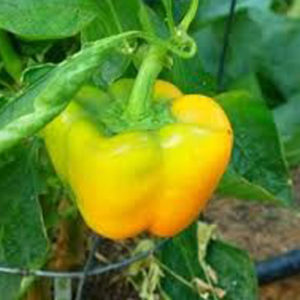 Capsicum annuum Yet another choice in the lovely bell peppers this one maturing green to gold and adds another lovely sweet fruit to the collection.
Capsicum annuum Yet another choice in the lovely bell peppers this one maturing green to gold and adds another lovely sweet fruit to the collection. -
Out of stock
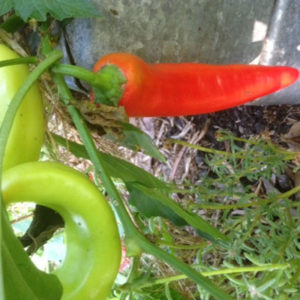 Capsicum annuum Long tapering fruit 20cm long goes from a pale translucent green to orange to red while still suspended from the vine. Gets sweeter the longer left. No hint of heat and lovely flavour.
Capsicum annuum Long tapering fruit 20cm long goes from a pale translucent green to orange to red while still suspended from the vine. Gets sweeter the longer left. No hint of heat and lovely flavour. -
Out of stock
 Daucus carota Lovely violet red skin with yellow orange interior. Very sweet with slight spicy edge. Origins from America’s organic movement. Very popular eaten raw or slightly steamed. Over cooking looses flavour, colour and goodness of most carrots.
Daucus carota Lovely violet red skin with yellow orange interior. Very sweet with slight spicy edge. Origins from America’s organic movement. Very popular eaten raw or slightly steamed. Over cooking looses flavour, colour and goodness of most carrots. -
Out of stock

Daucus carota Golden yellow colour with an even sweeter flavour than most orange carrots. Origins from the Middle East and first recorded around the 14th Century. Moist and crunchy best eaten raw or slightly steamed and will retain its colour.
-
 Capsicum annuum A sun loving plant 1 metre high producing fruit 10cm long x 1.5 wide tapering to soft point. Jalapeno's are traditionally used when bright green but you can leave them on the plant all the way from black to red. Considered very mild and great for stuffing and known for their lovely flavour.
Capsicum annuum A sun loving plant 1 metre high producing fruit 10cm long x 1.5 wide tapering to soft point. Jalapeno's are traditionally used when bright green but you can leave them on the plant all the way from black to red. Considered very mild and great for stuffing and known for their lovely flavour. -
Out of stock
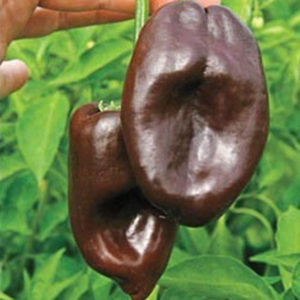 Capsicum annuum So excited to have this seed available to you and I recommend you seed save. A poblano type chilli on a very tall plant will maybe need some staking. Producing wide green fruit tapering gently to soft point. Known as Ancho's in Mexico they are very mild with smells of raisins and smoke when dried. Add an exquisite richness to any dish.
Capsicum annuum So excited to have this seed available to you and I recommend you seed save. A poblano type chilli on a very tall plant will maybe need some staking. Producing wide green fruit tapering gently to soft point. Known as Ancho's in Mexico they are very mild with smells of raisins and smoke when dried. Add an exquisite richness to any dish. -
Out of stock

Capsicum annuum An 'Ancho' or wide chilli on a 70cm bush enjoying full sun. The fruit is up to 15cm long x7cm wide matures from green, red and then almost black. Used in Mexican mole (spelt molay) sauces after roasting or dried and powdered. Lovely smoky smell and flavour.

